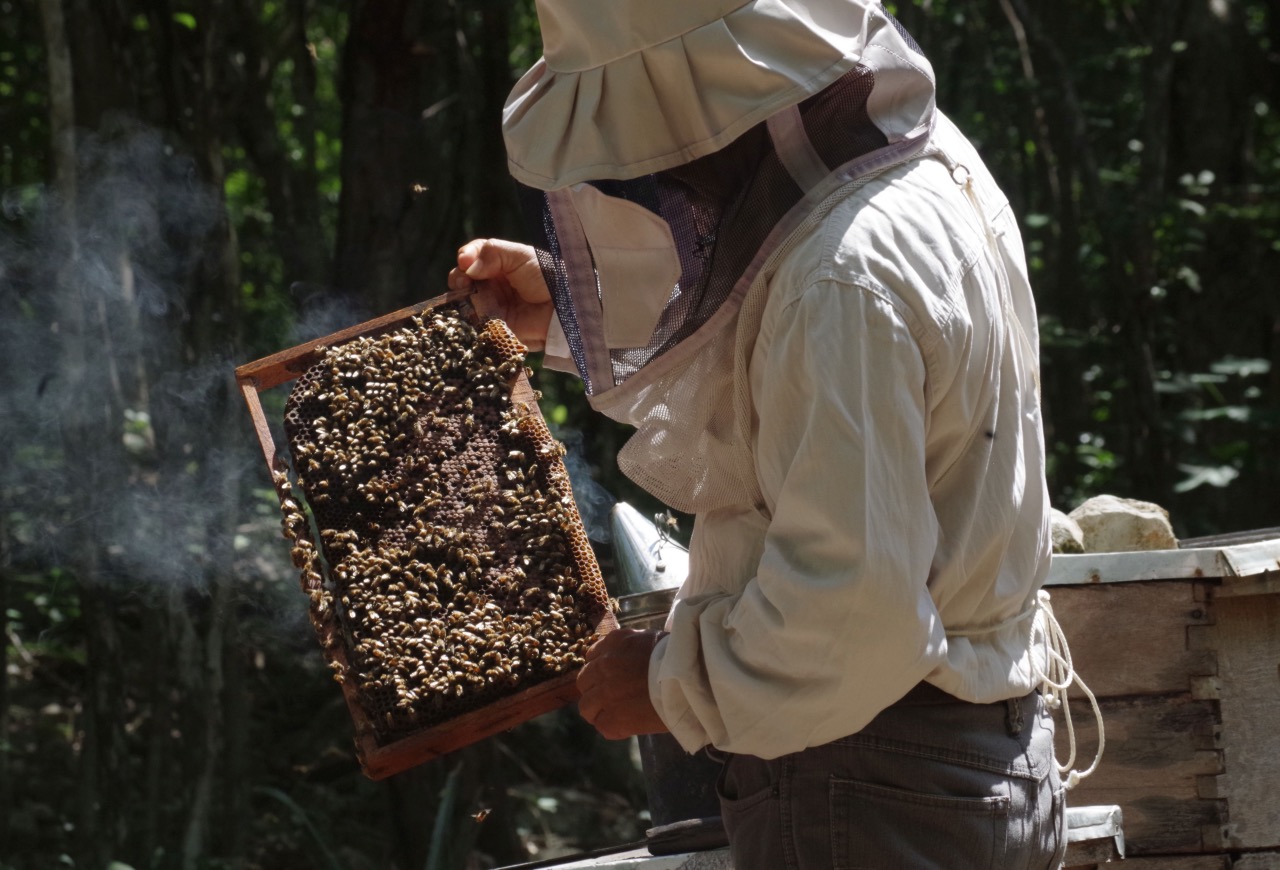A study published last week highlights the need for more blended finance strategies and creative approaches to meaningfully transform food systems and meet global social and environmental challenges

In brief
- The ‘Mobilizing Money and Movements: Creative finance for food systems transformation’ report highlights insufficient action by finance community to incite food systems change
- Report calls for a more blended and creative finance approach, that goes beyond financial investment alone and includes a plurality of actors
- Six best-in-class case studies highlighted to allow investors to replicate, adapt and scale meaningful food systems transformation elsewhere
A report published last week by the Global Alliance for the Future of Food and the Transformational Investing in Food Systems Initiative (TIFS) is calling for more blended finance strategies and creative approaches to meaningfully transform food systems and meet global social and environmental challenges.
The Mobilizing Money and Movements: Creative finance for food systems transformation report highlights the rise in greenwashing and criticises current actions taken by the finance community as insufficient to incite the systems change needed to transform food economies towards healthy, equitable, and renewable systems.
Lauren Baker, deputy director for the Global Alliance for the Future of Food, explained how the narrow metrics used by conventional finance and investment in extractive, industrial agriculture have contributed to market failures and had negative repercussions for the environment and society.
She said: “Mounting evidence is leading to recognition that this model of industrial agriculture is creating more risks than it is opportunities. Beyond the skyrocketing and tragic rates of rising food insecurity globally, industrial agriculture is resulting in poor health, environmental contamination, biodiversity loss, and climate impacts.”
The report acknowledges that investors are waking-up to the risks of continuing with business-as-usual and as Baker explains, are becoming increasingly “aware of the interconnections between these issues and looking at more holistic ways of assessing risk and impact”.
The report calls for a systems approach supported by tools, methodologies, and frameworks to shape and inform financial and investment decision-making. It also underlines the need to go beyond financial investments alone, and include a plurality of actors and more diverse resources and investments.
A blended finance approach
Building on the Global Alliance’s Beacons of Hope project, which showcases stories of people and organisations that have successfully addressed food systems challenges, the report uses six of these stories as case studies to illustrate five broad strategies that can be used to catalyse transformative food systems change.
It also brings attention to four ‘levers of change’ that the initiatives deployed to inspire action and direct funding from a range of actors. The aim is to help investors to replicate, adapt, and scale the blended approaches to finance used by the case studies elsewhere.
Baker said: “One of the main lessons we learned from these case studies is that investors can work together to deepen and scale impact. This blended capital helps initiatives accelerate their impact and brings together investors who are actively working to support and accelerate context-specific transformational businesses and food systems initiatives.”
Commenting on the report’s call for greater action from investors and actors across the financial industry, she added: “Investors and actors across the financial industry absolutely need to do more. These initiatives demonstrate that to really unlock transformational potential in food systems we need new market mechanisms that flow the kind of capital needed on the ground. This capital is more catalytic if it is blended, scaled and context-appropriate, and complemented by investments in social movements, advocacy, creativity, policy-making, and time.”
Impact investors as ‘early adopters’
According to the report, impact investors, catalytic capital, fund managers and philanthropic donors, are in a unique position as ‘early adopters’ to drive transformation of the food system.
Baker also highlighted the need for greater impact capital across the board. She said: “As well as considering risk and return, the financial industry needs to consider a third factor in every instance – and that is impact. The financial industry needs to consistently create finance solutions that are more than financial products, as they integrate outcomes into the decisions on whether to invest or not.”
Gwendolyn Zorn, head of impact for private equity fund manager Phatisa, which manages two funds investing in the food value chain in sub-Saharan Africa, said she agreed with the call for more blended finance approaches to food systems investment.
Zorn said: “We have seen the benefit of this in a few of our funds’ portfolio companies already. For example, at Goldtree, our integrated organic palm oil business in Sierra Leone, we have secured donor funding for replanting of less productive oil palm trees with the latest and most productive varieties. In addition, a technical assistance facility with funding from the EU, together with matched funding from the business, has helped to establish a formidable outgrower extension service covering 10,000 smallholder farmers who deliver their fruit to the Goldtree mill.”
But she added that more progress was needed in the way the financial community approached investment in the sector to catalyse meaningful change.
Giving the example of Goldtree, she said: “The one element that would help in the future is more patient capital, ideally in the form of soft loans in local currency, for the mill operations to be scaled up, creating value for the whole supply chain.”
She explained that a big hurdle for many businesses in developing markets was matching capital, especially debt, with the currency in which the businesses operate.
“Access to soft loans in local currency for the processing and logistics elements of the value chain is key, in addition to the donor funding that often already exists for production of crops especially in the context of smallholder farmers,” she added.
An evolving industry
Pierre Abadie, group climate director at Tikehau Capital, said that the negative externalities of food-related businesses on soil erosion, water shortage or climate change had not historically been taken into account by the financial sector but that this was about to change.
“The way we produce food globally hasn’t really accounted for negative externalities, but we are generating many negative externalities that are transforming into risks and these risks are materialising. But no single entity is capable of shifting the system on its own. You need to draw together experts, from fund managers who know how to invest, to institutions who understand the value chain and have contact with the farmers who can switch to regenerative farming for example.”
Abadie says when the company launched their first fund focusing on decarbonisation, few people understood what this meant. “Today everyone knows exactly what this means and the market is moving very fast. I expect the same to happen in agriculture, after all we are talking about food security for ourselves.”
The report’s six case studies include Educe Cooperativa, a Mexican beekeeping cooperative; a project by the Municipality of Copenhagen to manage its public food budget to increase the consumption and production of organic foods; Northern Co-operative Development Bank, an institution funding local food production cooperatives and kickstarting rural development in Sri Lanka; Organically Grown Company, the first North American company to use steward ownership as a business model; Pun Pun Center for Self Reliance, a farm, learning centre, and social enterprise in Thailand which trains farmers to grow a diversity of crops and promotes self-sufficiency; and Sylva Food Solutions, a Zambian business popularising traditional food by partnering with over 25,000 smallholder farmers.






